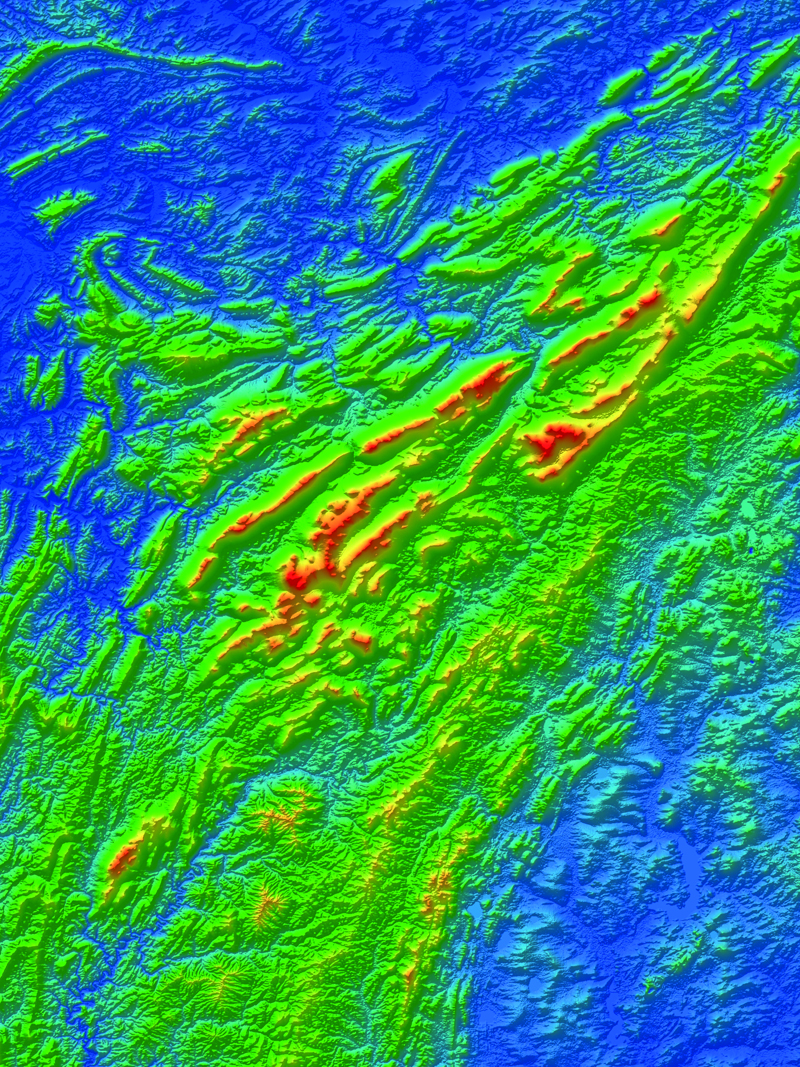
Why Some Mountain Ranges Stick Around

Landslides, or the lack thereof, may help mountain ranges remain far longer than previously thought, new research suggests.
As the tectonic plates that make up Earth's surface drift, mountain ranges such as the Himalayas in Asia and the Andes in South America form where the plates collide, similar to the way car bodies crumple during crashes. In the absence of such mountain-building tectonic activity, mountain belts are expected to slowly erode over time due to forces such as rain and glaciers.
However, several mountain ranges —including the Appalachian Mountains in the United States and the Ural Mountains in Russia —have survived for several hundred million years, despite predictions that they should only last for tens of millions of years. New computer simulations could explain how they endured.
Scientists think the main controlling factor in mountain erosion is the action of rivers, which can slice through bedrock over time. As rivers cut into their surroundings, their banks steepen, thus increasing the risk of landslides. Scientists now suspect that factors involving landslides might slow the erosion of mountains, boosting their life spans.
Landslides can deliver abrasive materials into rivers that can further accelerate the erosion of mountains. However, in the absence of tectonic activity, earthquakes that can trigger landslides become rarer, so rivers get a smaller amount of abrasive material with which to wear away the mountains, the computer simulations suggest. This "may provide an explanation for the 100-million-years-old mountain ranges that are still standing high in some parts of the world," said researcher David Egholm, a geoscientist at Aarhus University in Denmark.
Future research could investigate rivers and mountain ranges to pinpoint erosion rates, Egholm told LiveScience's OurAmazingPlanet. He added that other mechanisms, such as the hardness of rocks, could play a role in the rate at which mountains erode.
The scientists detail their findings in the June 27 issue of the journal Nature.
Sign up for the Live Science daily newsletter now
Get the world’s most fascinating discoveries delivered straight to your inbox.
Follow OurAmazingPlanet @OAPlanet, Facebook and Google+. Original article at LiveScience's OurAmazingPlanet.











